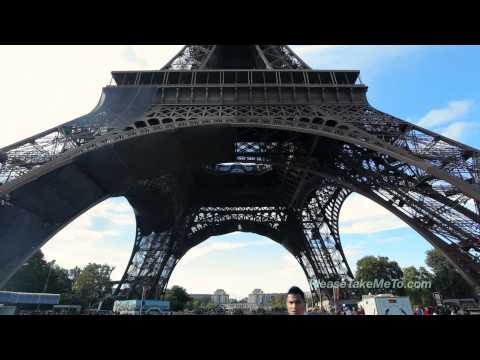
Standing tall over the cityscape of Paris, the Eiffel Tower is more than just an architectural achievement; it is a symbol of innovation and inspiration. Since its completion in 1889 for the Exposition Universelle (World’s Fair) held to celebrate the 100th anniversary of the French Revolution, the Eiffel Tower has captivated millions with its imposing height and unique lattice structure.
### Historical Context and Construction
The brainchild of Gustave Eiffel, whose company designed and built the tower, this iconic structure was initially met with widespread criticism from many of Paris’ leading artists and intellectuals. They deemed it an eyesore that would detract from Paris’ traditional skyline. However, over time, the tower won over hearts and minds and became one of the most recognized symbols of France worldwide.
Constructed using puddle iron, a type of wrought iron used in construction for its purity and resistance to corrosion, the Eiffel Tower stands at approximately 324 meters (1,063 feet) tall. Remarkably, it was erected in just over two years—an engineering feat at that time. Originally intended as a temporary exhibit, it was almost dismantled in 1909 but was saved by its usefulness as a giant radio antenna.
### Design and Innovations
The design of the Eiffel Tower is as much about form as it is about function. The four immense arched legs at the base were considered revolutionary as they splay out to form a square that provides stability to accommodate both wind resistance and weight distribution. As visitors ascend through three levels, they experience varying panoramas of Paris below — from sweeping cityscapes on the first two levels to breathtaking heights on its summit.
Each level offers different attractions: restaurants on the first two levels — including the esteemed Jules Verne restaurant on the second level — while the top level features viewing platforms that provide spectacular scenic views spanning up to several kilometers across Paris on a clear day.
### Cultural Significance
Over time, the Eiffel Tower has transcended its function as an observation tower or radio antenna; it has become an emblematic representation of French creativity and resilience. It appears prominently in myriad cultural references from literature to films and continues attracting millions of visitors each year who ascend this monument not just for views but for experiencing a piece of living history.
Moreover, during special events such as Bastille Day or New Year’s Eve, the tower becomes central in celebrations across Paris with impressive fireworks displays launched from its frame—further cementing its status as a pivotal cultural landmark.
### Conclusion
Today’s Eiffel Tower stands not only as a testament to turning initial skepticism into global fame but also embodies France’s spirit—blending artistry with practicality. For many who visit Paris, no trip feels complete without seeing or climbing up this iron marvel which continuously inspires awe with its majestic presence against the city’s skyline.
Whether seen illuminating night skies or framed against blue spring mornings, each glimpse reveals why after well over a century since rising above Parisian grounds—the Eiffel Tower remains deeply entwined with hearts worldwide.
